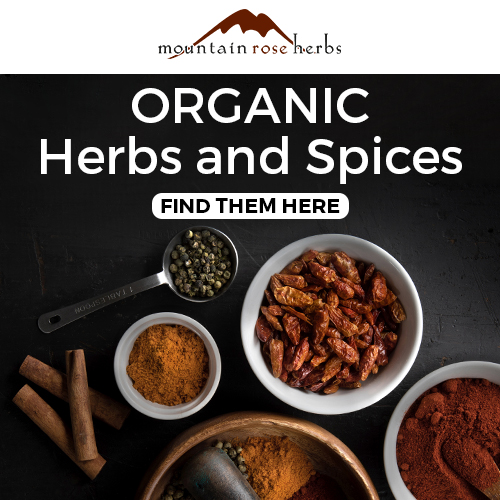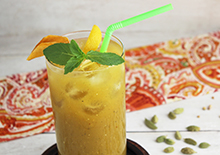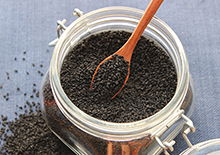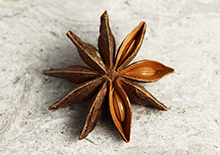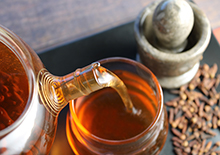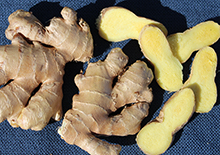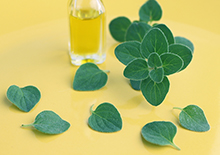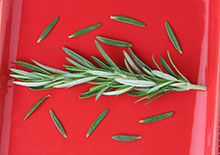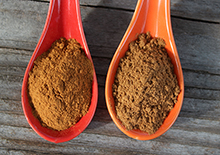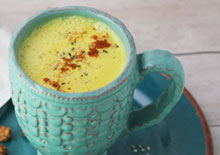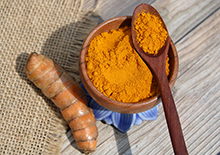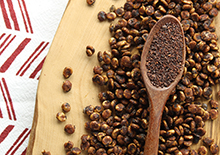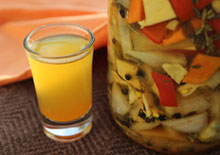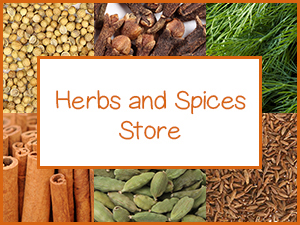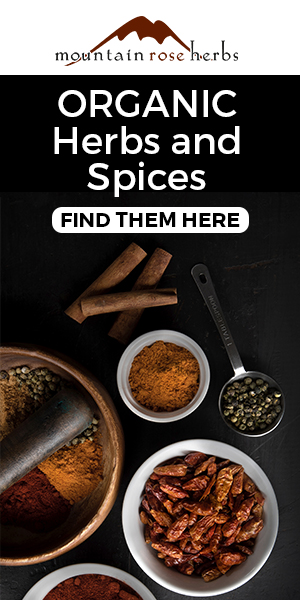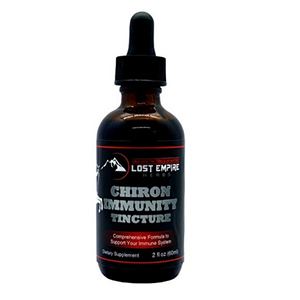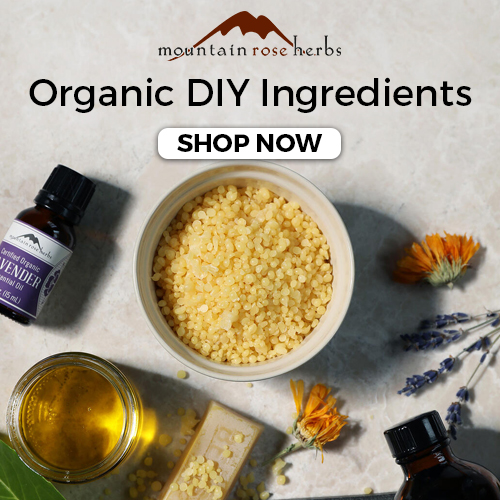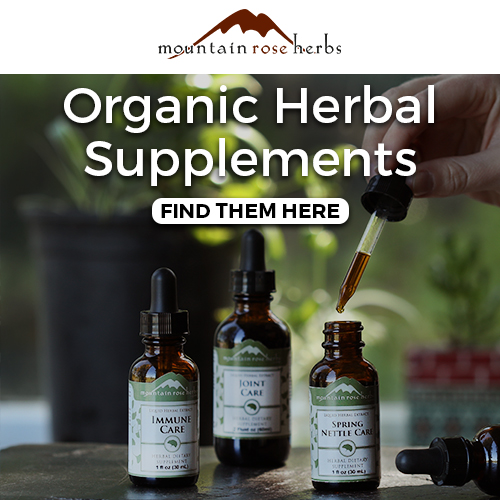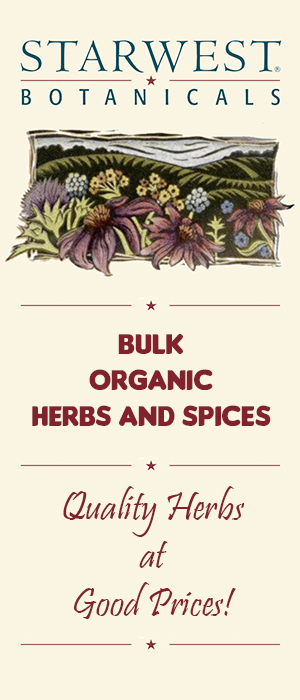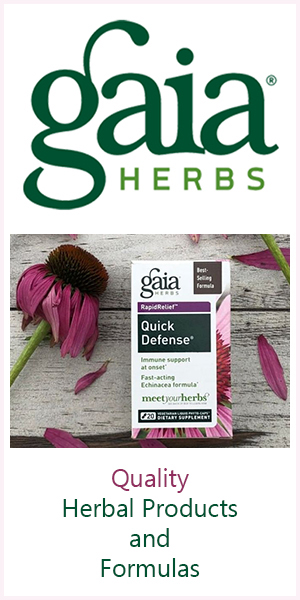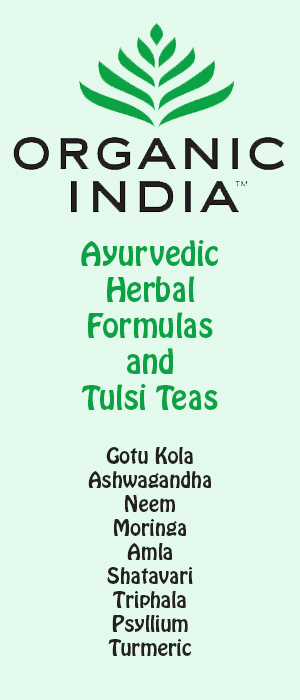- Home
- Herbs and Spices
Herbs and Spices List, Taste Qualities, Major Compounds and Folk Uses
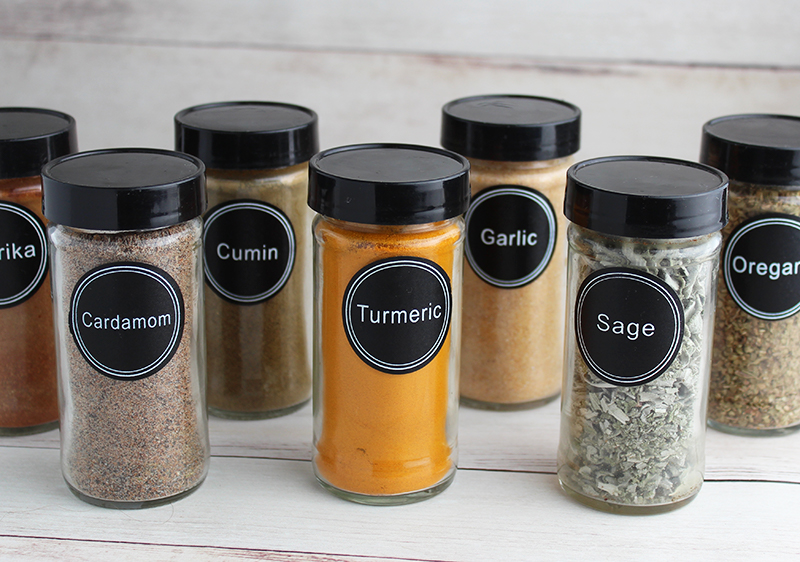
Herbs and spices encompass a wide variety of seeds, roots, bulbs, blossoms, leaves and barks.
The term “herbs” is frequently referring to those aromatic green leafy variations like rosemary and cilantro. The term “spices” on the other hand often includes fragrance-filled seeds like cumin or coriander but may also comprise barks and bulbs like cinnamon and garlic.
Likewise, the two categories of spices and herbs commonly overlap. For example, one single plant species may be both an herb and a spice by having seeds, bulbs as well as edible leaves.
Table of Contents
Intro | List of Herbs and Spices | HERBS | SPICES | Precautions
Generally, the list of herbs and spices includes those utilized for culinary purposes to flavor and enhance foods and drinks.
They are mostly used in small amounts to impart taste but many are also acknowledged for their potential health-benefiting properties when prepared as straight tea infusions, making them a handy addition to your spice rack as well as your herbal apothecary.
Some can also be considered mild herbal stimulants as they can increase circulation as well as energize the senses.
List of Herbs and Spices
While there are many types of herbs and spices unique to different cultures, this is our list of top varieties common to different countries around the globe.
Some of these varieties we discuss in more detail on other website pages. In our listings here we provide flavor profile, major compounds and top most popular folk uses.
(Use the links below to jump to your herb or spice of choice.)
HERBS
Here is our top list of aromatic leafy herbal allies you may wish to include in your herb garden or dried spice collection.
These are types of herbs that are very flavorsome when used fresh, but whose leaves can also be dried or powdered. Some are also great for making herbal flavored vinegar or oils.
Basil (Ocimum basilicum)
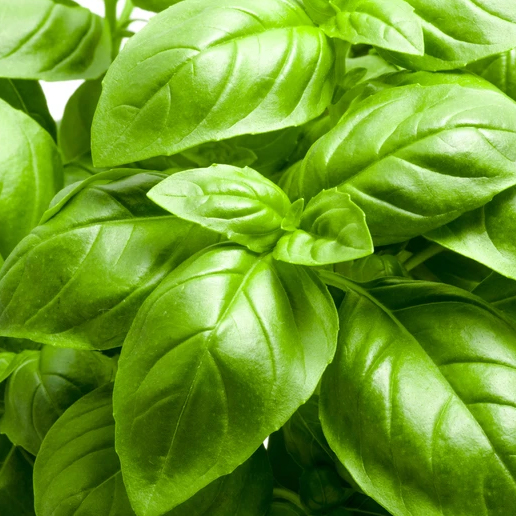
Basil leaves come from the mint family and have a strong aroma with a minty, peppery almost anise-like flavor. There are many types such as the common sweet basil, Thai basil and holy basil. Most contain the major components like estragole, linalool and eugenol.
Popular Basil Folk Uses: antifungal, headache remedy, respiratory issues and gut health.
Bay Leaf (Laurus nobilis)
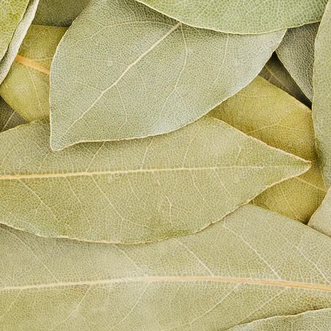
Bay leaves are not edible but mostly utilized in cooked foods to impart flavor and fragrance to foods such as soups and stews. They are removed before eating. Bay leaves have an perfumy floral aroma similar to thyme and oregano. Two main constituents include eucalyptol and myrcene.
Popular Bay Leaf Folk Uses: antimicrobial, respiratory congestion and analgesic.
Dill Weed (Anethum graveolens)
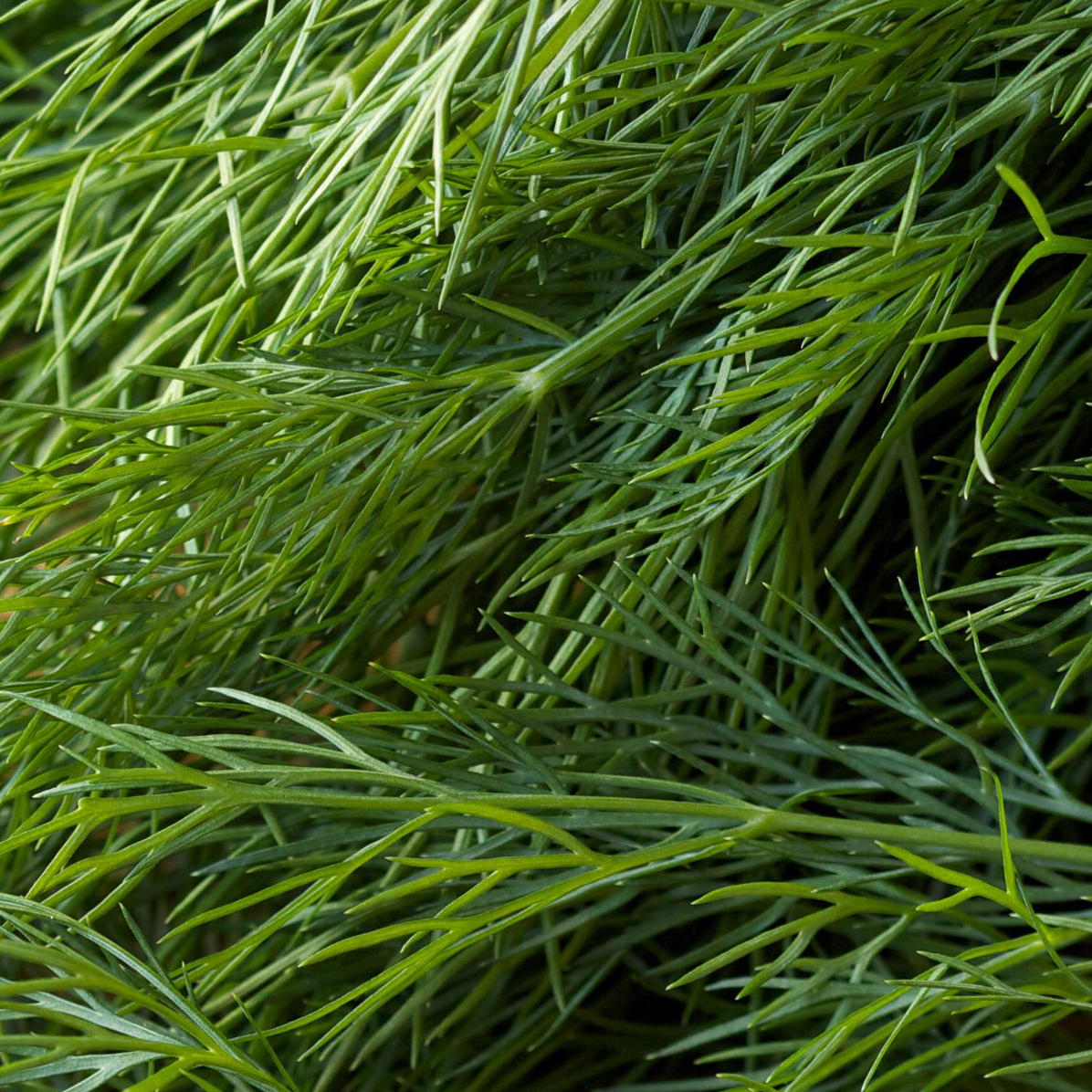
Dill is an aromatic plant with feathery fern-like leaves that is often called "dill weed." It is frequently used fresh but is also available as a dried herb. The herb's major components include α-phellandrene, limonene, dill ether and myristicin.
Popular Dill Weed Folk Uses: digestive aid, carminative, colic and bad breath.
Cilantro (Coriandrum sativum)
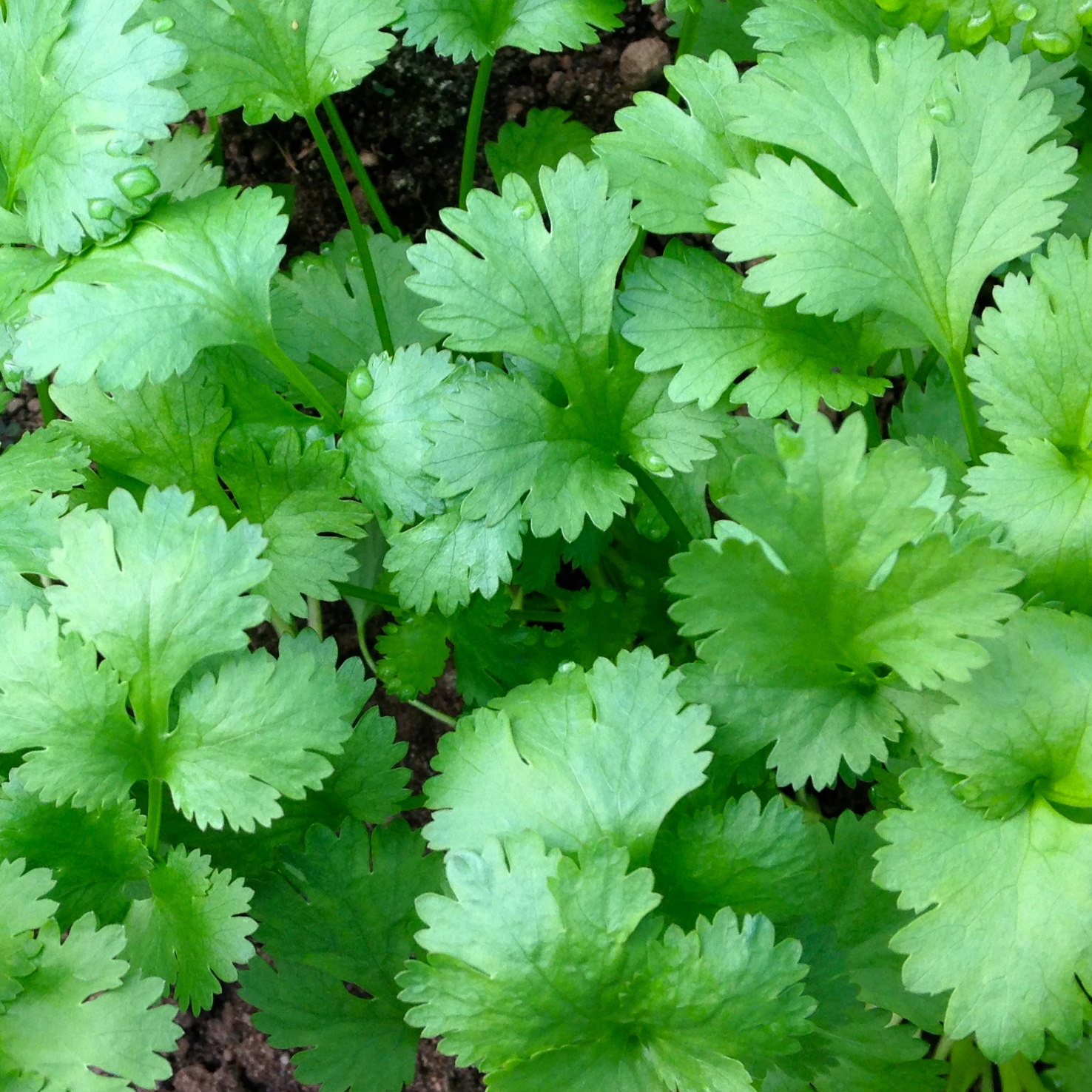
Cilantro comes from coriander seeds and has soft delicate leaves, sometimes referred to as "coriander leaves." The flavor is described to have a refreshing citrusy taste, while others may perceive a soap-like quality. The main compounds include linalool, α-Terpinene, α-pinene and camphor. (*)
Popular Cilantro Folk Uses: detoxification, nutritive, antibacterial and analgesic.
Oregano (Origanum vulgare)
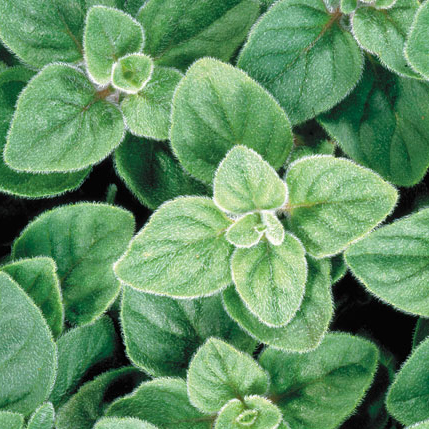
High-quality oregano comes from the Mediterranean varieties known for their spicy robust flavor and aromatic potency. Oregano leaves can be used fresh as a culinary herb or used dried as an herbal spice. The two main active compounds in the leaves are carvacrol and thymol.
Popular Oregano Folk Uses: antimicrobial, digestive aid, yeast infections and respiratory support.
Parsley (Petroselinum crispum)
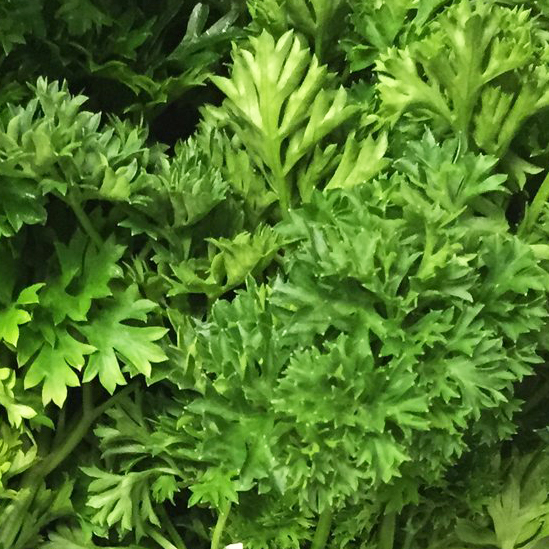
Parsley is considered both an herb and a type of vegetable that is frequently used fresh rather than dried. The two main varieties, curled and flat-leaf, have a refreshing mildly bitter taste that balances savory dishes. It contains compounds such as apigenin, luteolin myristicin, and apiol.
Popular Parsley Folk Uses: antimicrobial, cleansing, nutritive and breath freshener.
Rosemary (Salvia rosmarinus)
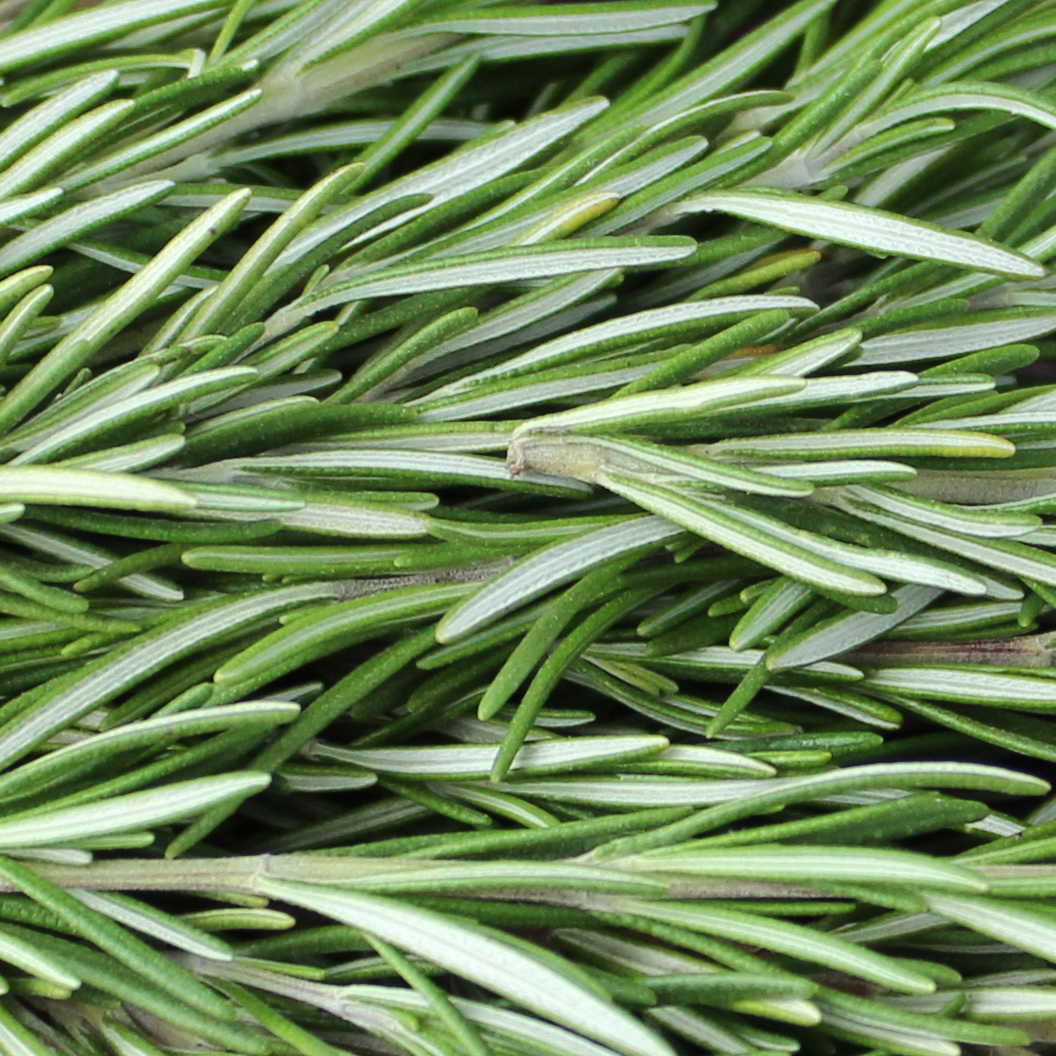
Rosemary with its slender thick tender leaves has a strong fragrance and flavor profile resembling pine, mint and citrus. Some of the major compounds include rosmarinic acid, caffeic acid, carnosic acid, chlorogenic acid and oleanolic acid.
Popular Rosemary Folk Uses: memory enhancer, circulatory aid, purification and digestive aid.
Sage (Salvia officinalis)
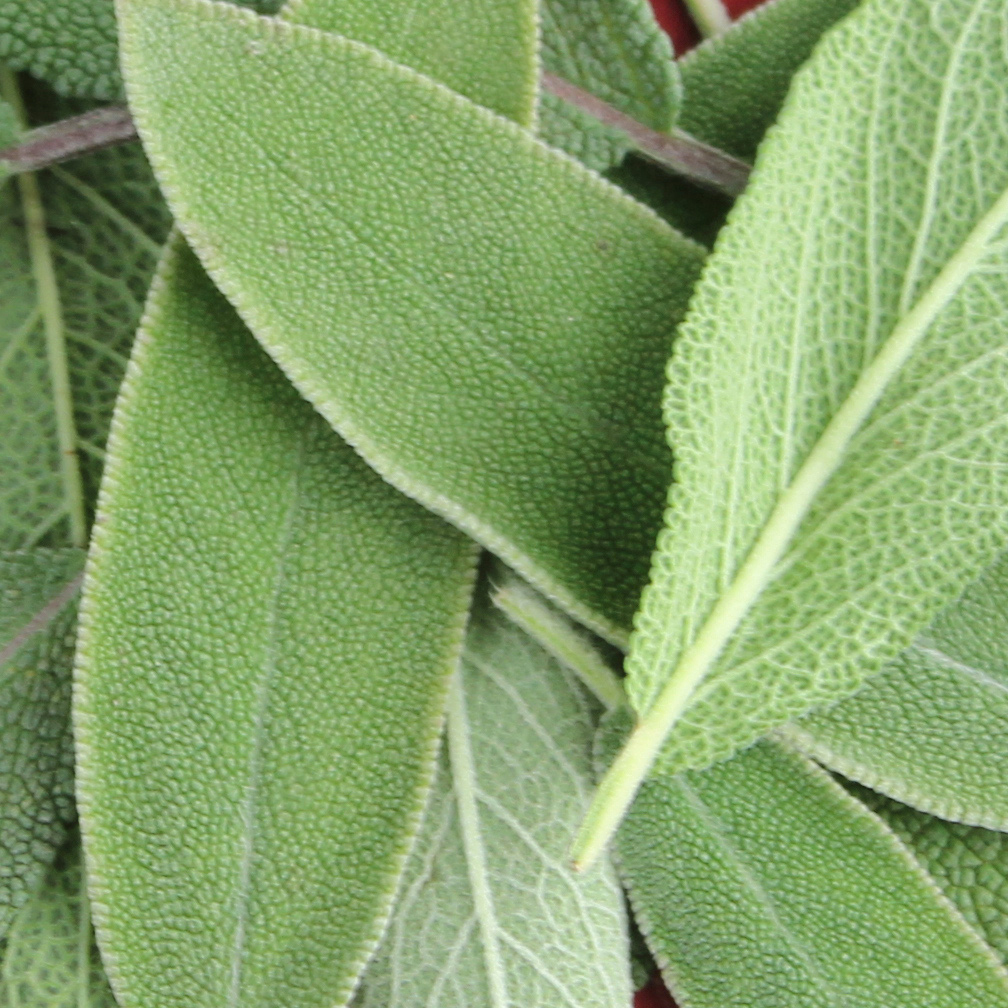
Sage has dense coarse fragrant smelling leaves and is used as a food flavoring as well as its potent medicinal attributes. Major volatile oil constituents include thujone, camphor, cineole and borneol. (*)
Popular Sage Folk Uses: menopausal symptoms, cognitive support, purification and digestive aid.
Tarragon (Artemisia dracunculus)
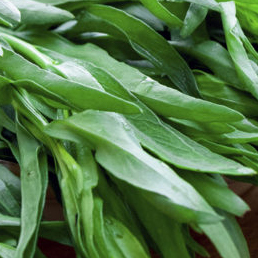
Tarragon is known for its very unique and distinct flavor reminiscent of licorice, fennel and anise, with bittersweet undertones. It is commonly used as a fresh herb but is available as a dried spice seasoning. The major essential components in tarragon include estragole and methyl eugenol.
Popular Tarragon Folk Uses: appetite stimulant, digestive issues, diuretic and mild nervine.
Thyme (Thymus vulgaris)
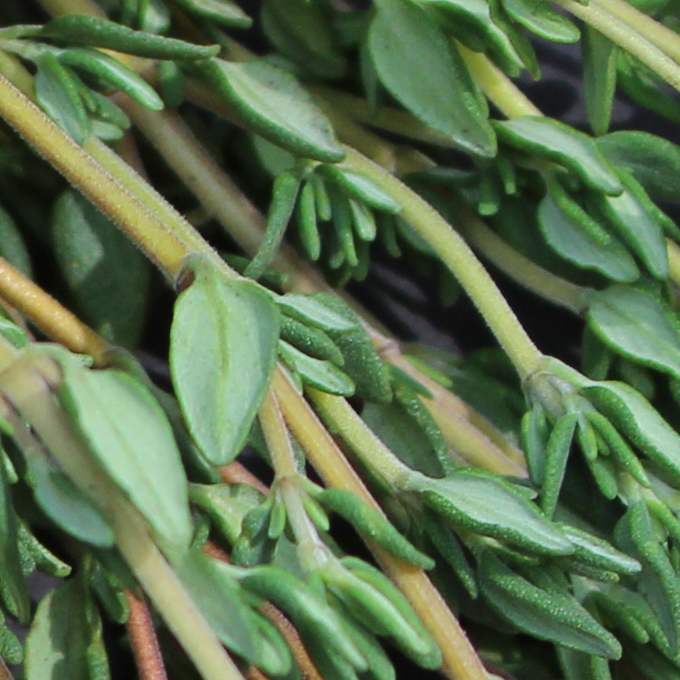
Thyme has the smallest leaves of all aromatic green leafy herbs and has an earthy slightly sweet lemon-mint flavor. It can be used fresh from your herb garden or as a dried herbal option in your spice rack. Two major compounds include thymol and carvacrol.
Popular Thyme Folk Uses: antimicrobial, respiratory support, yeast infections and antiparasitic.
SPICES
Here is our top list of common spice seasonings most widely used as culinary food and beverage flavorings.
Allspice (Pimenta diocia)
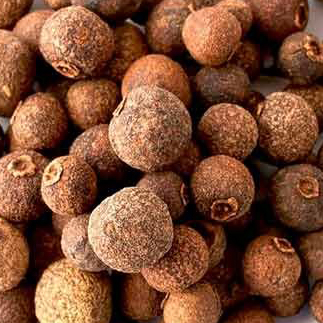
Allspice is a type of small berry known for its very aromatic fragrance. Described to have a sweet pungent flavor similar to a combination of nutmeg, cinnamon and clove. It contains the volatile oil known as eugenol.
Popular Allspice Folk Uses: indigestion, intestinal gas, abdominal pain, toothache and respiratory congestion. (*)
Asafoetida (Ferula assa-foetida)
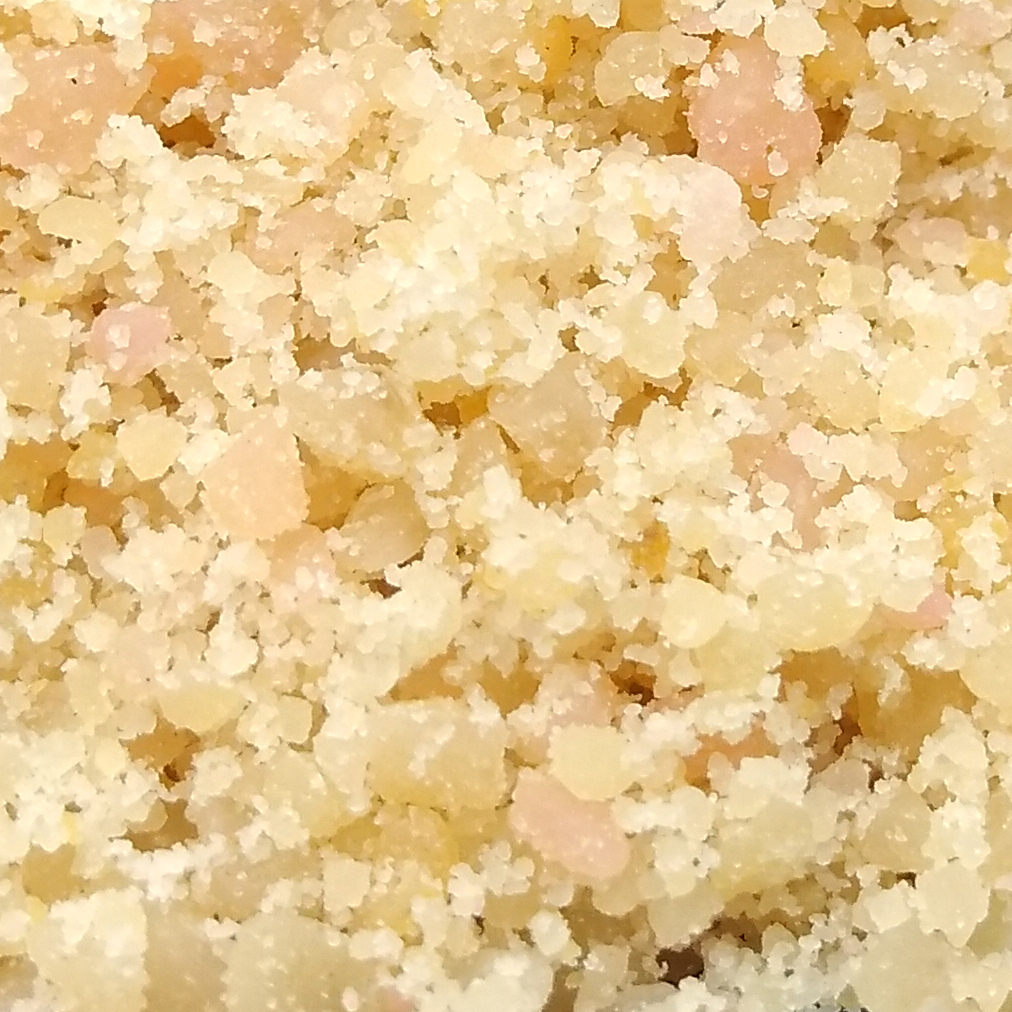
Asafoetida or "hing" is the dried latex gum of the plant’s taproot. Usually available as a fine spice powder, it is known for its very unmistakably strong scent similar to onions. It has pungent and heating properties comprised of organosulfides also present in garlic and onions.
Popular Asafoetida Folk Uses: respiratory conditions, digestive aid and stomach gas relief.
Caraway (Carum carvi)
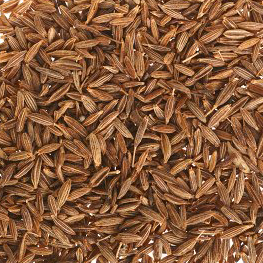
Caraway is the seeds of a plant from the same family as fennel, anise and cumin. It as a distinctive taste reminiscent of anise and also contains anethole as well as carvone and limonene. It is the main taste component in rye bread. Whole seeds are frequently used or they can be powdered.
Popular Caraway Folk Uses: appetite stimulant, heartburn, mild laxative, gas and bloating.
Cardamom (Elettaria cardamomum)
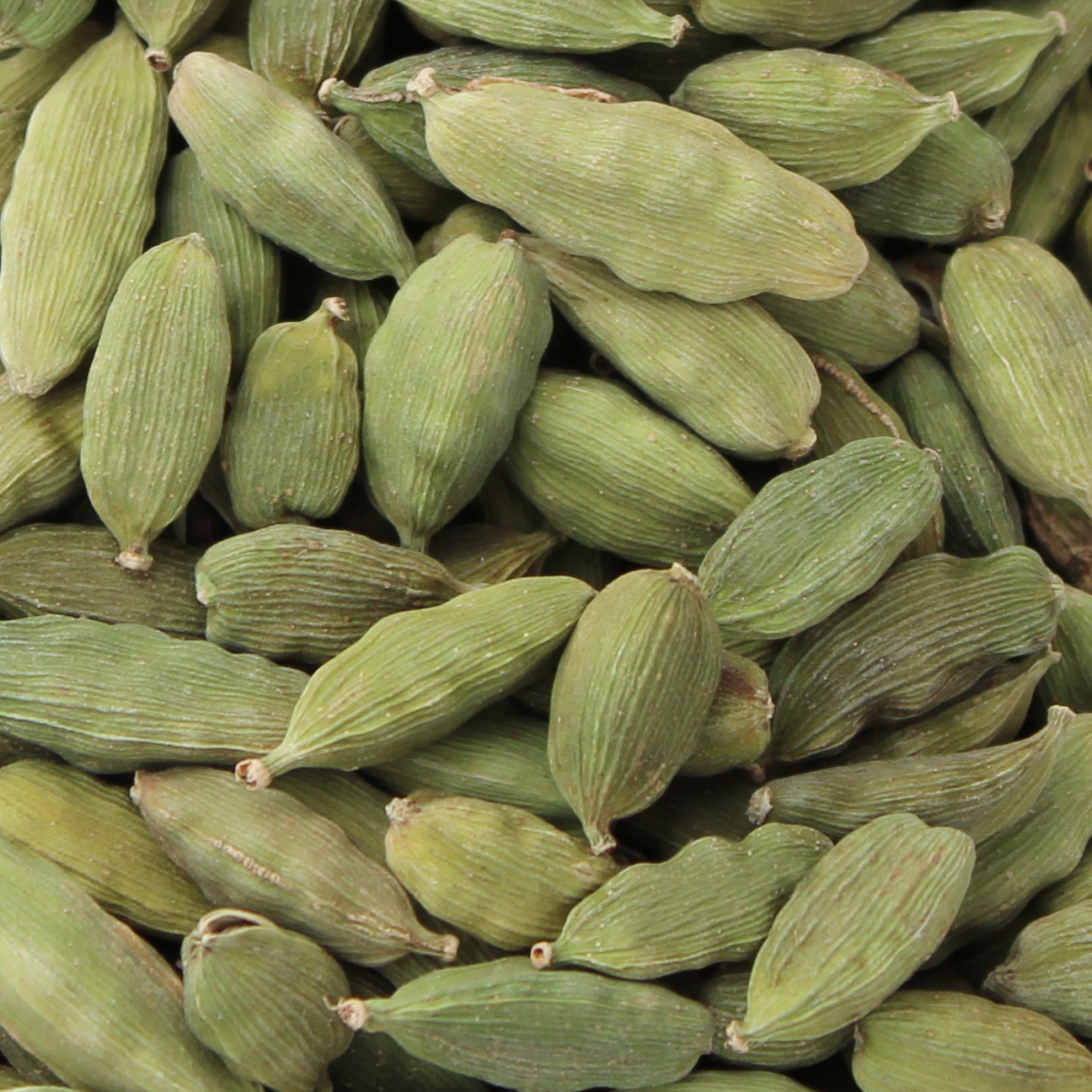
Cardamom pods contain tiny black seeds; this is the main spice component that is commonly ground as a powder. The seeds have a unique aroma and potent flavor that is sweet, spicy and somewhat floral. The terpenes terineol and eucalyptol are the main compounds.
Popular Cardamom Folk Uses: expectorant, antimicrobial, energy stimulant, digestive aid and mouth freshener.
Cayenne (Capsicum annuum)
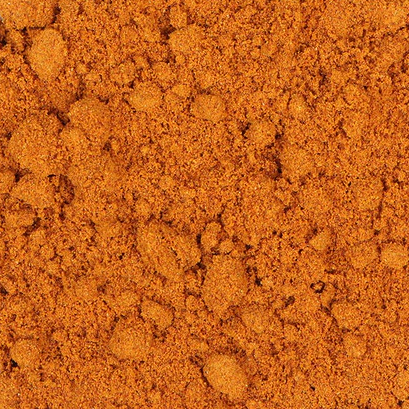
Cayenne is a pungent hot chili pepper that is rated according its spiciness or "heat", usually measuring between 30,000 - 50,000 heat units. One of the main heat-inducing constituents in the pepper is capsaicin.
Popular Cayenne Folk Uses: circulatory aid, stimulant, metabolism booster, expectorant, antiparasitic, pain reliever, detoxification and diaphoretic.
Celery Seed (Apium graveolens)
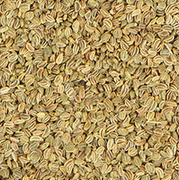
Celery seed is a warming slightly bitter yet savory spice seasoning that has a familiar celery-like scent. Ground celery seed is used in a 1:1 ratio with salt to make what is called celery salt. The major components in the seeds include limonene, selinene and butylphthalide.
Popular Celery Seed Folk Uses: diuretic, antifungal, antiarthritic, antibacterial and uric acid dissolver.
Chili Flakes (Capsicum annuum)
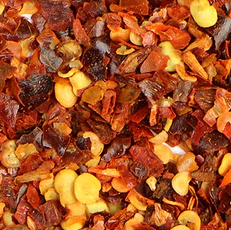
Chili flakes are ground flakes from whole red chili peppers. They come from species related to cayenne and provide a mild to medium heat range. One of the main heat-inducing constituents in the pepper is capsaicin.
Popular Chili Flake Folk Uses: antiparasitic, circulatory aid, stimulant, expectorant, pain reliever, detoxification and diaphoretic.
Cinnamon (Cinnamomum cassia and verum)
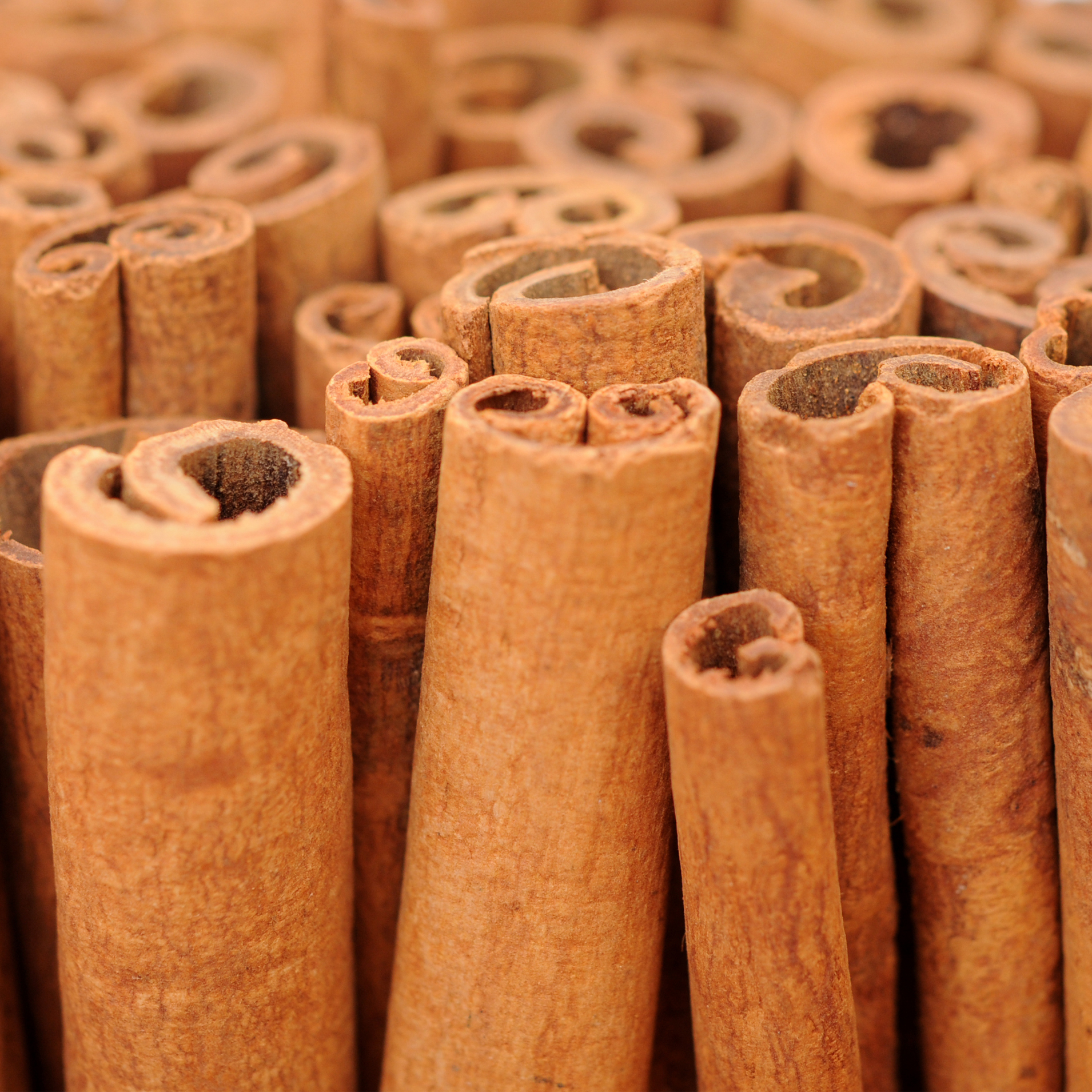
Cinnamon is a spice derived from the inner bark of several species of cinnamon trees. The two most common varieties are ceylon and cassia. Ceylon is often called "sweet cinnamon" because it has a sweeter less pungent flavor compared to cassia varieties.
Popular Cinnamon Folk Uses: circulatory aid, antibacterial, stimulant, demulcent, digestive and respiratory support.
Chipotle (Capsicum annum)
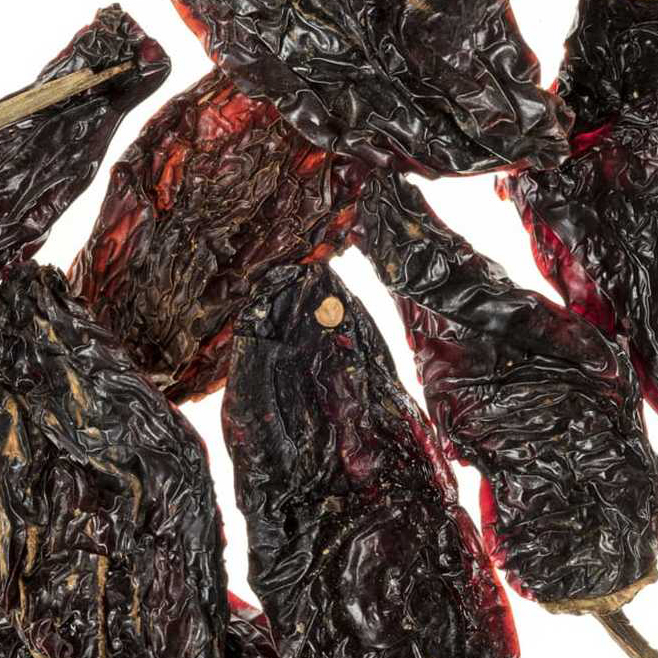
Chipotle is a ripe jalapeño chili pepper that has been smoked to increase flavor. Therefore, its heat ratio is very similar to red jalapeño's which are hotter than green but not as hot as cayenne. Chipotle is commonly utilized as a type of spice powder or whole dried peppers are stewed into Mexican classics like chipotle adobo.
Popular Chipotle Folk Uses: circulatory aid, metabolism booster, stimulant, expectorant, anti-parasitic and diaphoretic.
Cloves (Syzygium aromaticum)
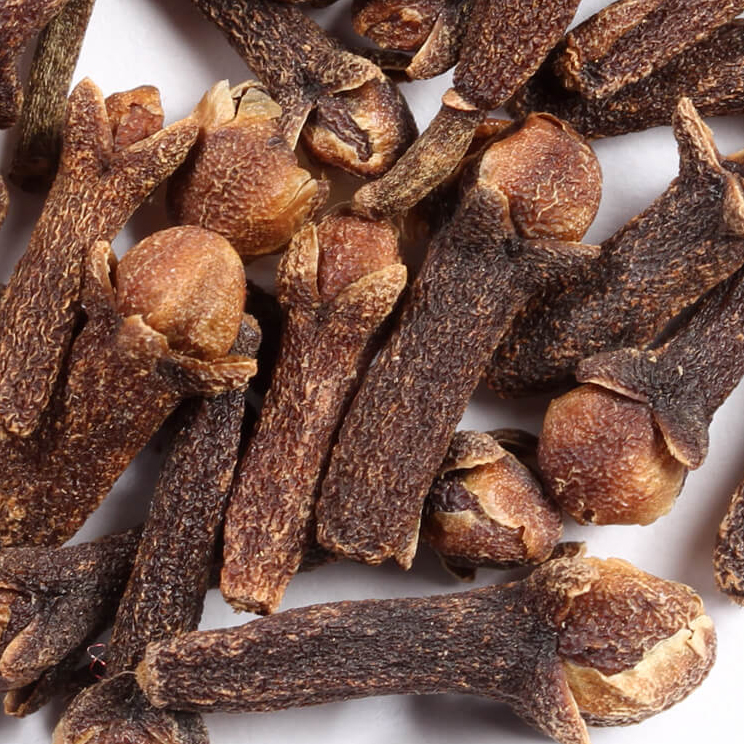
Cloves are the flower buds of an Indonesian tree species in the same family as allspice and eucalyptus. They have a penetrating aroma and strong pungent slightly bitter-sweet and spicy flavor. The main essential oil compound in clove is eugenol.
Popular Clove Bud Folk Uses: antiparasitic, antimicrobial, aphrodisiac, stimulant, digestive, analgesic and toothache pain.
Coriander (Coriandrum sativum)
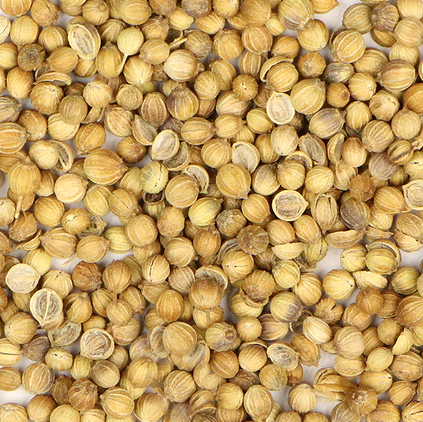
Coriander spice is derived from the seeds of the cilantro plant also called coriander. The seeds are usually ground for use as a powder that has a strong pleasant perfume-like scent. The spicy taste is often described to have a lemony flavor.
Popular Coriander Folk Uses: digestive aid, upset stomach, appetite stimulant and carminative.
Cumin (Cuminum cyminum)
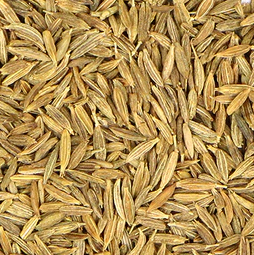
Cumin is a seed spice, sometimes referred to as "green cumin", it is frequently used as a ground seed powder. It has a very fragrant deeply penetrating scent with a pungent slightly bitter and tangy taste that is very distinct from other spices. The main constituents in cumin are cuminaldehyde and p-cymene.
Popular Cumin Folk Uses: stimulant, diuretic, antibacterial, emmenagogue, galactagogue, carminative and antispasmodic digestive aid.
Dill Seed (Anethum graveolens)
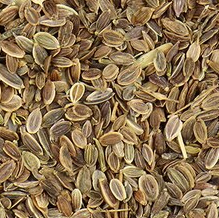
Dill seed comes from umbrella flower heads of the dill plant related to fennel, anise and cumin. They are aromatic with a flavorful taste, yet can be slightly bitter. Most well-known for their use in ferments like dill pickles and sauerkraut. The main essential oils include carvone and limonene. (*)
Popular Dill Seed Folk Uses: digestive aid, antiflatulent, acid reflux and mild diuretic.
Fenugreek (Trigonella foenum-graecum)
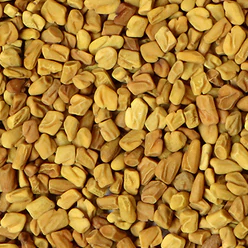
Fenugreek seeds are frequently ground for use in culinary dishes and are known to be energetically heating with a bitter-sweet pungent taste. The aroma of fenugreek seeds comes from the sotolone compound, which resembles the smell of maple syrup. Fenugreek also contains phytoestrogens and is used as a dietary supplement.
Popular Fenugreek Folk Uses: galactagogue, hormone support, digestive aid, dysmenorrhea, diaphoretic and cleansing sprout.
Garlic (Allium sativum)
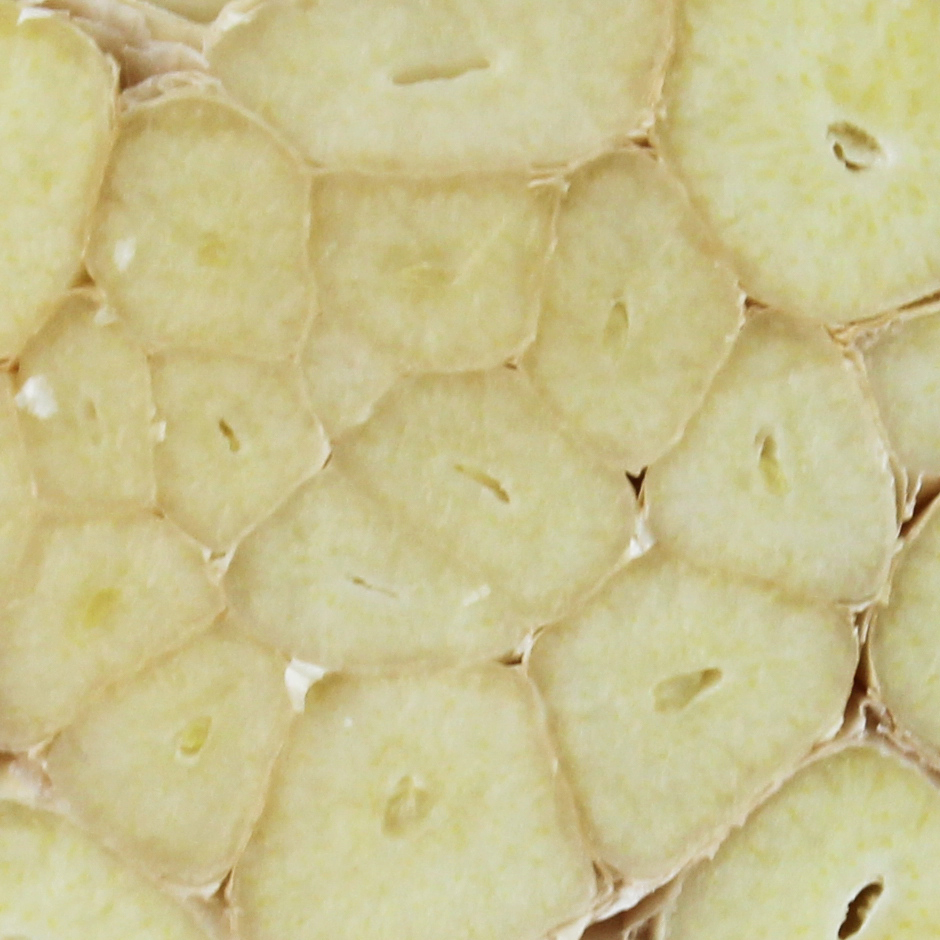
Garlic bulb is best used fresh, but as a spice seasoning, it is also available as minced pieces, granules, or as a garlic powder. Dried garlic has a milder flavor than fresh, containing lower amounts of allicin-derived organosulfur compounds like allyl methyl sulfide known to cause "garlic breath".
Popular Garlic Folk Uses: antibiotic, antimicrobial, diaphoretic, diuretic, expectorant and stimulant.
Ginger (Zingiber officinale)
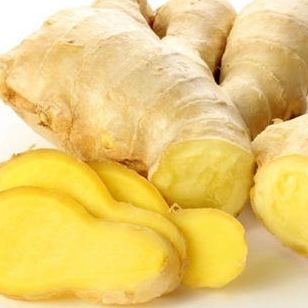
Ginger is a spicy hot fleshy yellow-colored root-rhizome that can be used fresh or as dried root pieces or powder. Fresh ginger contains compounds known as "gingerols" whereas dried contains "shogaols" and is considered more pungent in taste qualities.
Popular Ginger Folk Uses: increases digestive fire, detoxification, stimulant, respiratory expectorant and joint pain relief.
Mustard (Brassica alba and nigra)
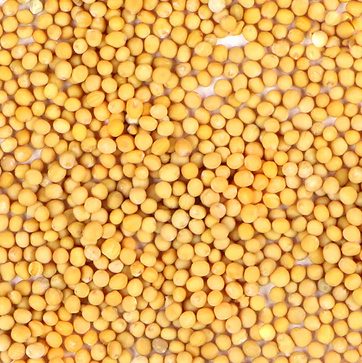
Mustard spice commonly comes from either yellow, brown or black seeds of a cruciferous plant species. Seeds are used whole but also used as a ground powdered spice. Mustard seed is the main ingredient in the hot spicy prepared mustard condiment. Mustard seeds contain glucosinolate-derived isothiocyanates.
Popular Mustard Seed Folk Uses: expectorant, mucus dissolver, emetic and antibacterial.
Nutmeg (Myristica fragrans)
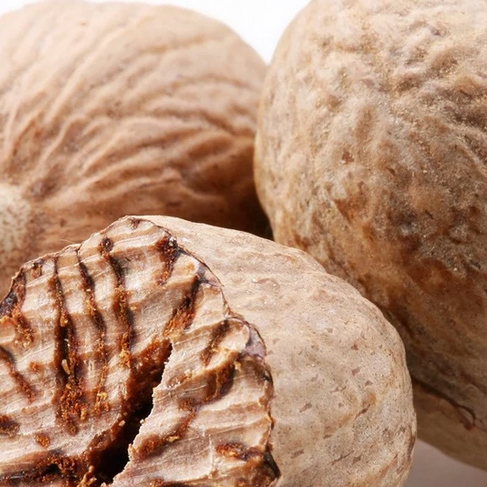
Nutmeg is the seed of the plant known for its very fragrant perfume-like scent. The spice has a distinct nutty pungent taste that's slightly sweet. Nutmeg is known for its high myristicin content, which is potentially psychoactive in large amounts. It also contains compounds like safrole, elemicin, eugenol and limonene.
Popular Nutmeg Folk Uses: rheumatism, stomach cramps, sleep support, digestive and antimicrobial.
Onion (Allium cepa L)
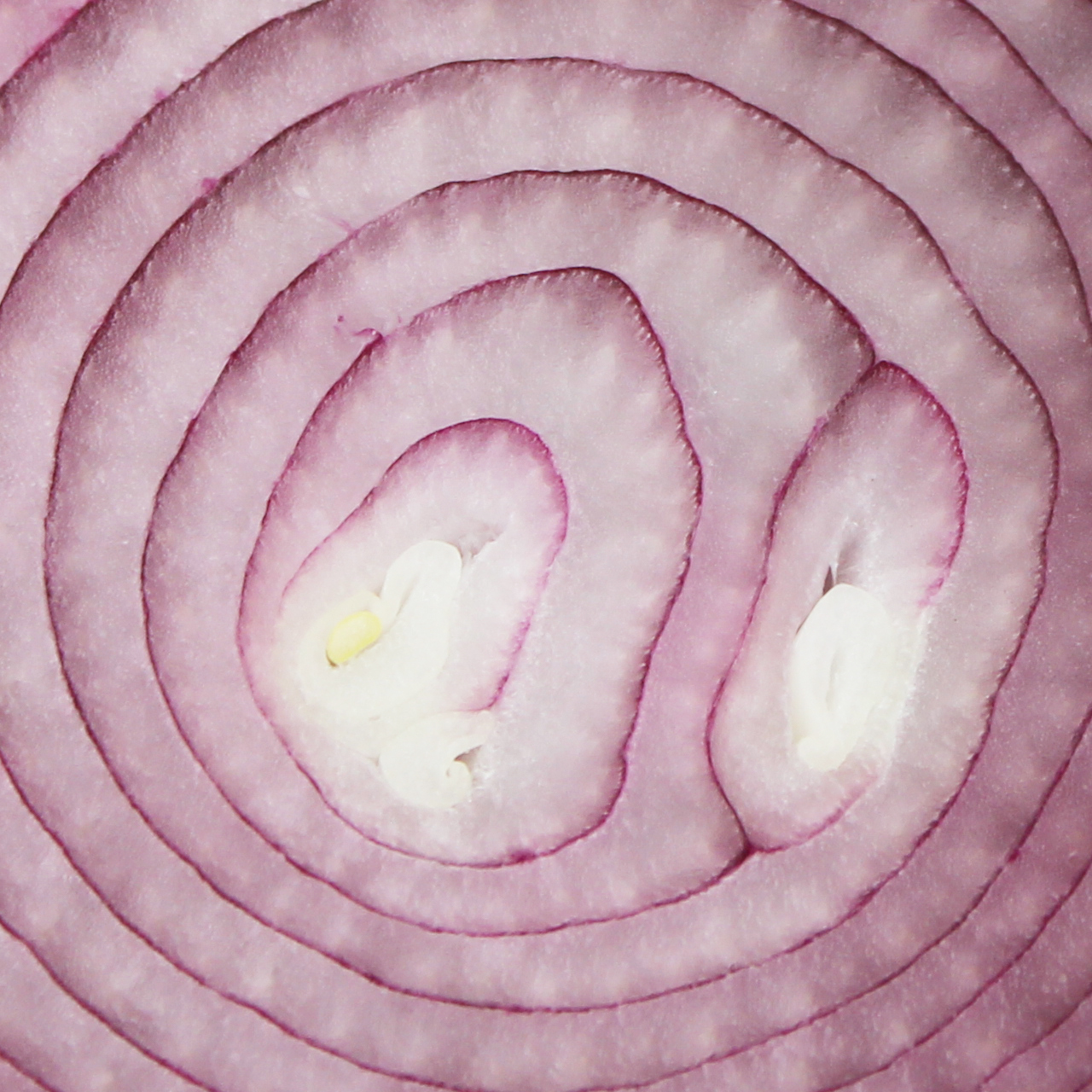
While onion bulb varieties are often used fresh as a type of Allium vegetable, dried onion powder and granules also provide convenient spice options. Dried onion contains less sulfuric compounds or "cysteine sulfoxides" which give fresh onions a strong overpowering scent.
Popular Onion Folk Uses: purification, expectorant, circulatory aid and antibacterial.
Paprika (Capsicum annuum)
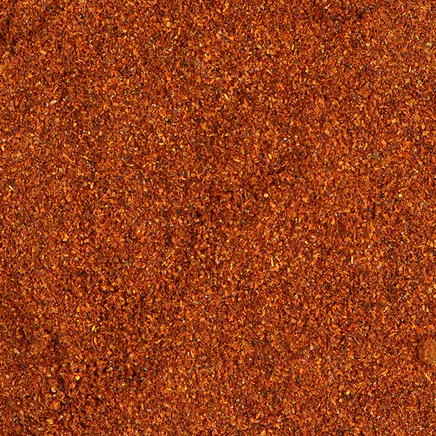
Paprika is one of the milder sweet-flavored spices that can come from any number of capsicums in the nightshade family. Spanish paprika and Hungarian paprika are some of the highest quality made from prized cultivars. Paprika is known for its high number of carotenoids, hence its red-orange pigment.
As a culinary spice, because of its mild flavor, it is often used to add color and neutralize other spices.
Popular Paprika Folk Uses: digestive aid, nutritive properties and eyesight.
Peppercorns (Piper nigrum)
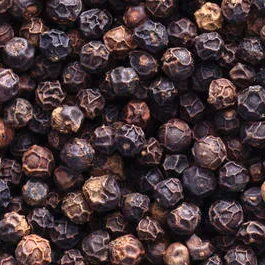
Black pepper is a warm and zesty spice that is often cracked from fresh peppercorns to produce a fresh flavor compared to pre-ground tabletop pepper. The heat in black pepper comes from the piperine compound, which is much milder than capsaicin found in cayenne pepper.
Popular Pepper Folk Uses: constipation, circulatory aid, metabolism booster and detoxification.
Saffron (Crocus sativus)
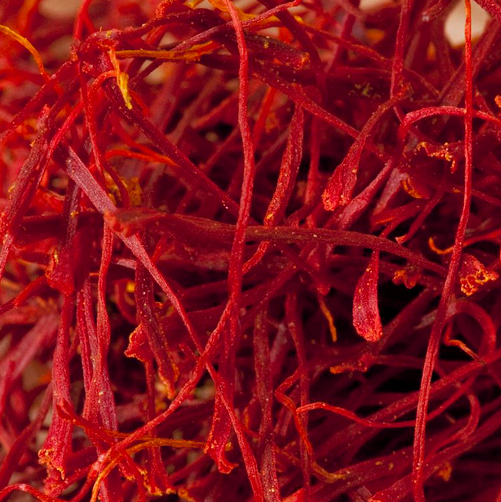
Saffron is the stigma or "thread" of the purple crocus flower species Crocus sativus. It only takes a very small amount of saffron when used as a culinary spice ingredient. Described to have a subtle grassy floral taste, its unique flavor and aroma come from the phytochemical called safranal and picrocrocin. Its red-orange color is due to crocin, a carotenoid pigment.
Popular Saffron Folk Uses: mood uplifter, aphrodisiac, PMS and vision.
Turmeric (Curcuma longa)
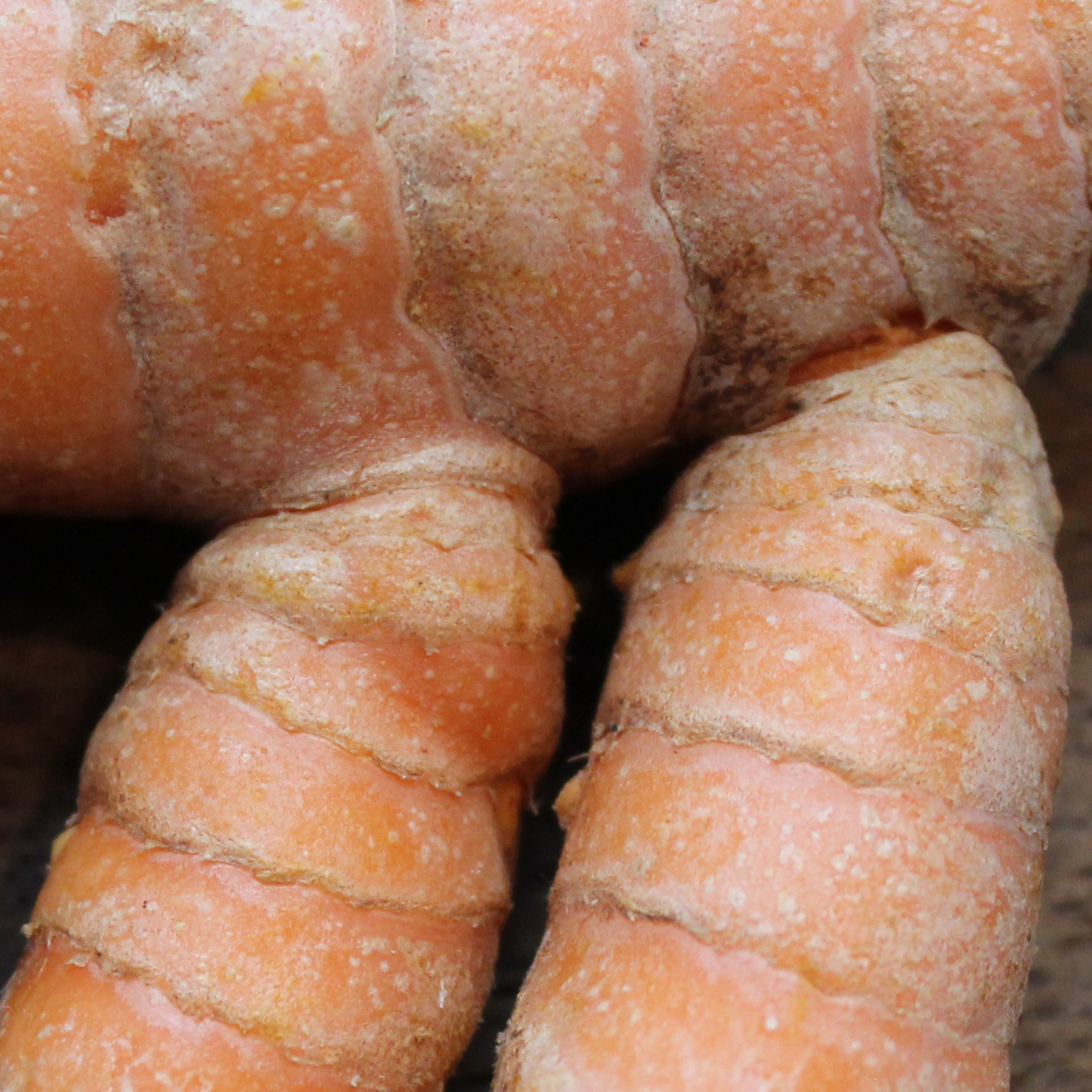
Turmeric is a bright yellow-orange root and member of the ginger family. It can be used fresh but is more frequently dried as a powdered spice and has a warming taste and subtle earthy bitter flavor. The main health-enhancing compound in turmeric in known as curcumin. (*)
Popular Turmeric Folk Uses: anti-inflammatory agent, anemia, cognitive support and detoxification.
(For other spice and herb favorites visit our herbal flavor enhancers page.)
Precautions:
We recommend that you seek the advice of a qualified healthcare practitioner before using these herbs and spices on a regular basis, particularly if you are pregnant, nursing, taking prescription medications or if you have a serious medical condition.

